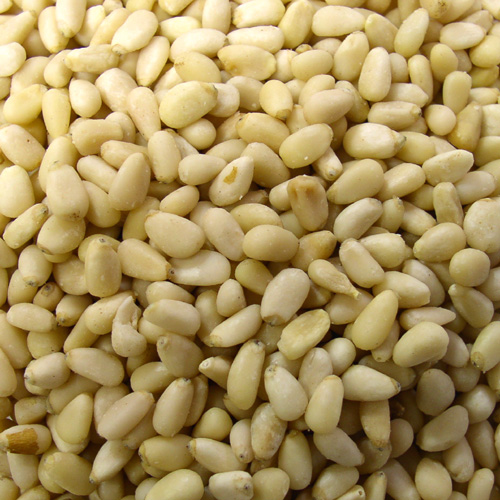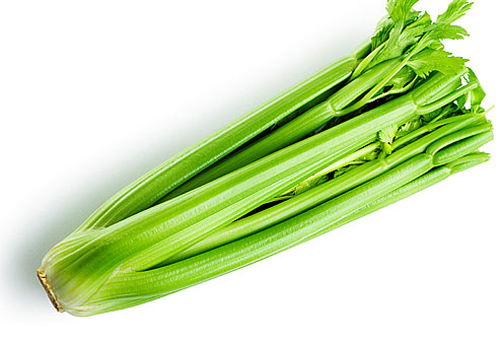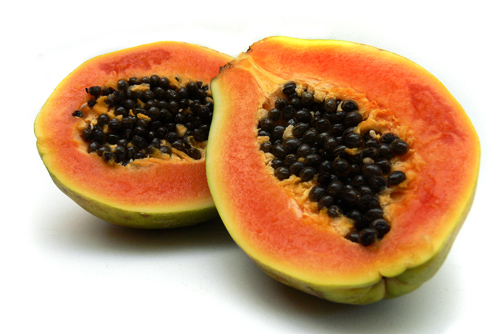What Works in Bullying Prevention
The most effective programs to reduce bullying start with training and take a comprehensive approach (best practices) involving collaboration between students, parents, the school (educators) and community. There is positive change in culture and climate when all parties become involved stakeholders and take personal responsibility for standing up, speaking out and eliminating bullying.
Giving students a voice and making them part of the process empowers them and creates sustainable change.
What You Should Know About Bullying
Bullying peaks in middle school but starts as early as preschool with children using relational aggression. Research states the devastating effects of bullying are long term and far reaching, not just for the child who has been a target of bullying but for the bystanders and person who bullies as well. No longer can we say to our children ignore it. Over 100,000 students carry guns to school.
Bullying is no longer about the strong picking on the weak in the schoolyard. Physical assault has been replaced by 24 hour per day seven days a week online bashing. Savvy students are using instant messaging, emails, chat rooms and web sites they create to humiliate a peer. No longer can parents count on seeing the tell-tale signs of bullying (black eye, bloody lip, torn clothes). The damage done by cyber bullies is no less real and can be infinitely more painful. ( 2004 I-SAFE survey of 1,500 students) In this age of technology we must foster and maintain channels where students can directly communicate with counselors, parents, teachers and community members.
Most bullying occurs when adults are not present. We need to break the code of silence. The Secret Service Initiative Study found that school shootings are rarely impulsive acts. Rather, they are typically thought out and planned in advance. Other students knew the shootings were about to occur but did not alert an adult. In addition, prior to most shootings an adult saw a behavior that caused concern but did nothing.
Students should feel comfortable reporting a bullying incident. No child wants to be labeled a snitch or rat. Children need to know reporting an incident will be handled properly and their confidentiality respected. Everyone needs to be educated and trained to accomplish this. Training should include administrators, teachers, parents, students, bus drivers and anyone who is in contact with children.




